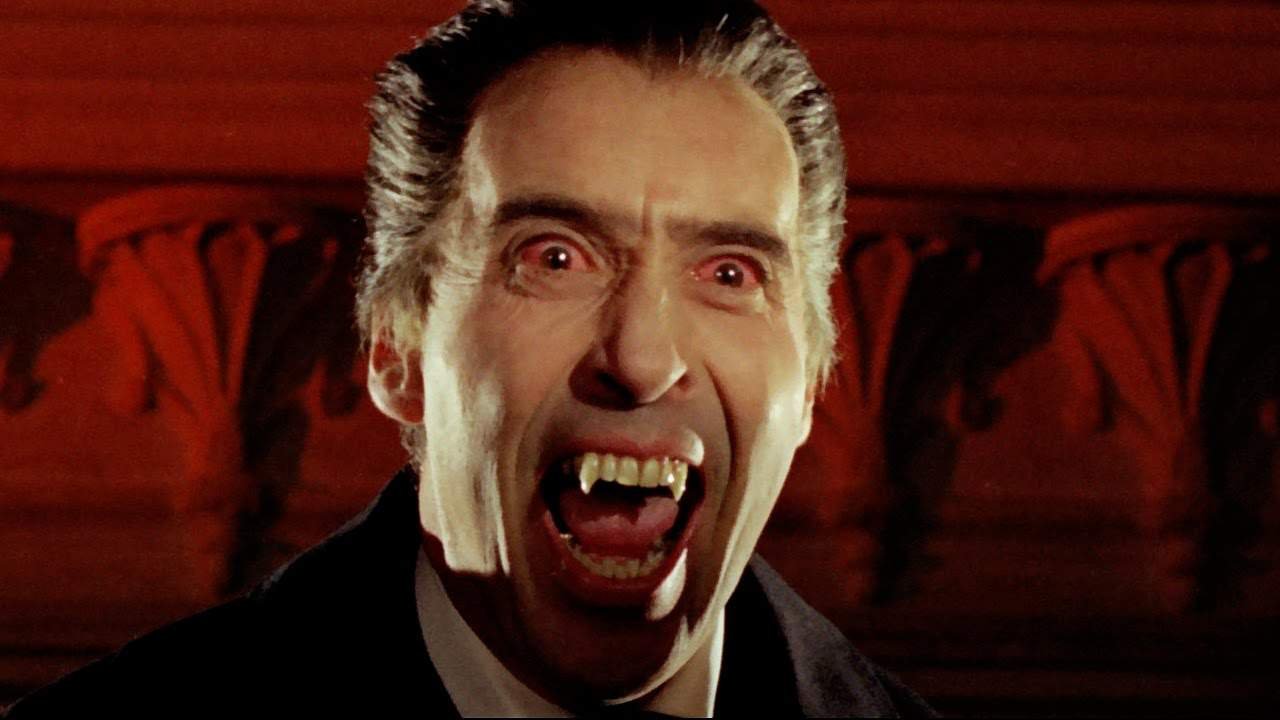
Introduction
When you hear the word Dracula, most people immediately think of a pale, fanged vampire who drinks blood. But Dracula is much more than a scary character in movies he is one of the most iconic figures in literature and folklore. Created by Irish author Bram Stoker in 1897, Dracula has become a cornerstone of horror fiction, inspiring countless adaptations in books, movies, TV shows, and even video games. This article explores the origins, story, themes, and cultural impact of Dracula.
Origins of Dracula
The character of Dracula was inspired by history and folklore. Stoker drew on the tales of Vlad III, also known as Vlad the Impaler, a 15th-century prince from Wallachia (modern-day Romania). Vlad was notorious for his brutal methods of punishing enemies, especially impalement, which earned him a fearsome reputation. Stoker blended Vlad’s dark legend with European vampire myths to create a character who was terrifying yet sophisticated a nobleman hiding a monstrous side.
The Story of Dracula
Dracula tells the story of Count Dracula, a centuries-old vampire who can transform into a bat, wolf, or mist. The story begins when Jonathan Harker, a young English solicitor, travels to Transylvania to help Dracula purchase a property in England. Harker quickly realizes he is a prisoner in Dracula’s castle, where he encounters the Count’s supernatural powers.
Dracula eventually travels to England, spreading terror and attempting to turn Lucy Westenra and others into vampires. A group led by Professor Abraham Van Helsing works to stop him, combining science, folklore, and courage. The novel is written as a series of letters, journal entries, and newspaper clippings, which adds a sense of realism and suspense to the story.
Themes in Dracula
Bram Stoker’s Dracula explores many themes that remain relevant today:
- Good vs. Evil – The struggle between Dracula and Van Helsing represents the battle between darkness and light.
- Fear of the Unknown – Dracula’s supernatural powers symbolize human fears of the unexplained and the foreign.
- Sexuality and Repression – The novel subtly explores Victorian anxieties about sexuality, temptation, and desire.
- Immortality and Death – Dracula’s eternal life highlights the horror of living without humanity.
Dracula’s Influence on Popular Culture
Since its publication, Dracula has influenced countless adaptations. Movies, from the classic 1931 film starring Bela Lugosi to modern reinterpretations like Dracula Untold, show how the story can evolve with time. Dracula has also appeared in TV shows, comics, and novels, often reimagined to suit contemporary audiences. The character has become a symbol of gothic horror, inspiring everything from Halloween costumes to vampire romances.
Conclusion
Dracula is more than a fictional vampire he is a cultural icon that continues to fascinate people worldwide. Bram Stoker’s novel not only shaped the vampire genre but also explored themes of fear, morality, and human nature. Whether through books, films, or folklore, Dracula remains an enduring symbol of horror and mystery, proving that some legends never die.
Leave a Reply